7 Tips to Know About Top Things to Know Before Buying Indoor Plants With Big Leaves
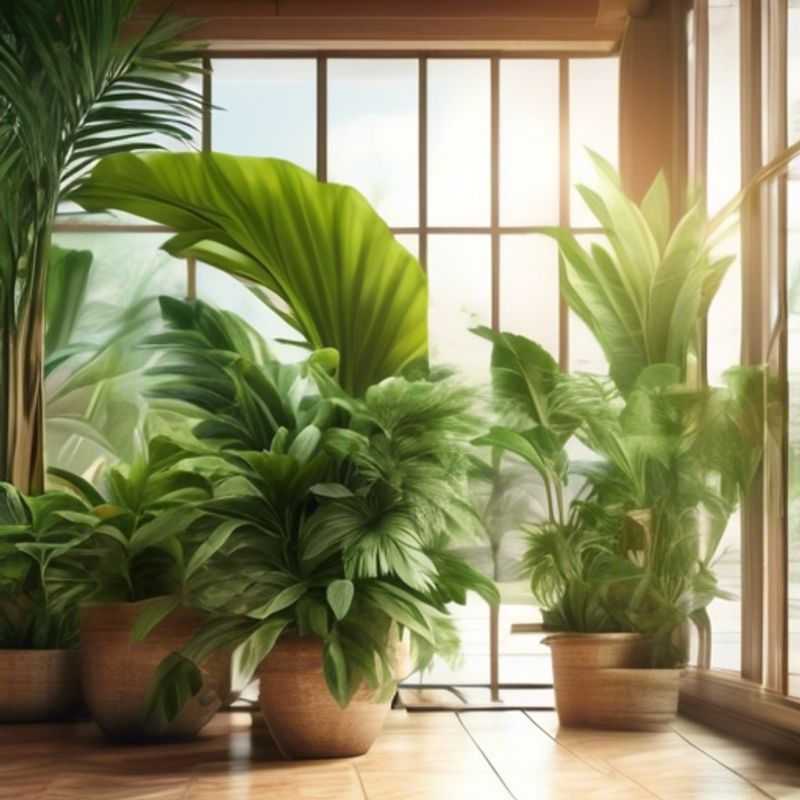
7 Tips for Choosing Big-Leafed Indoor Plants: Lighting, Size, Care, Pests, Health, Humidity, Support
Ah, the allure of big, bold leaves gracing your indoor space!
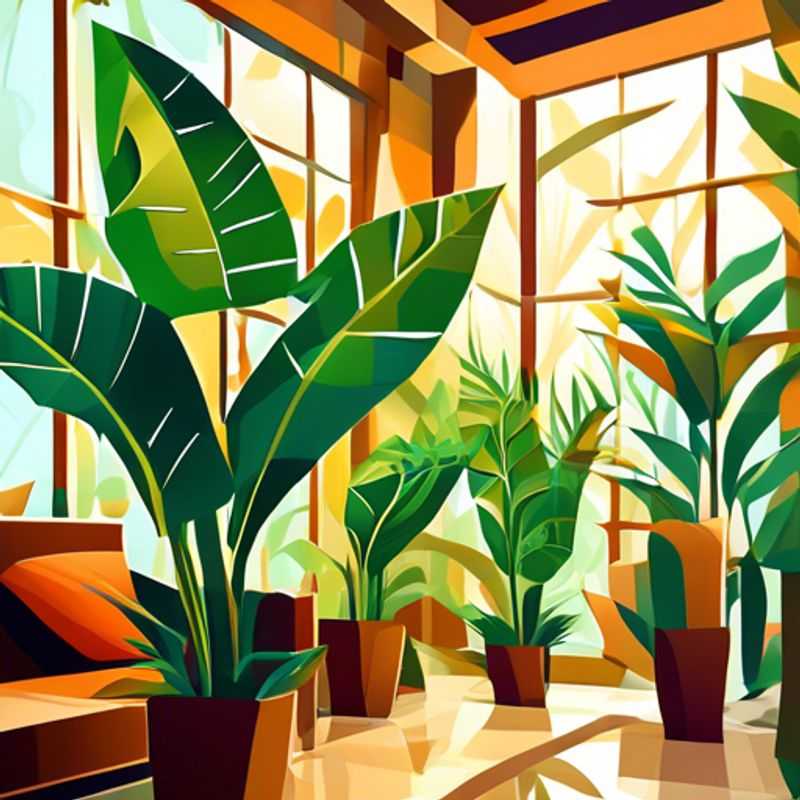
Light Up Your Home: Choosing Plants That Thrive in Your Lighting
Want to bring life into your home with beautiful plants? But unsure about the best choices for your lighting conditions? Don't worry, it's easier than you think! Understanding your home's light is the key to keeping your plants happy and thriving. The amount of light a plant receives can significantly affect its growth and health.
First, assess your home's light. Natural light levels vary throughout the day. Consider the direction your windows face: south-facing windows provide the most sunlight, followed by west, east, and lastly, north-facing windows. Areas receiving direct sunlight for at least 6 hours a day are considered high-light areas, while those getting only a few hours of direct sun and mainly filtered light are considered low-light areas.
Match your plants to the light. High-light plants like succulents, cacti, and certain ferns thrive in bright, sunny spots. Low-light plants like snake plants, ZZ plants, and peace lilies are perfect for shadier areas. Don't worry if you have a mix of light levels, you can create beautiful plant arrangements by choosing the right plants for each spot.
Remember, rotating your plants occasionally can help ensure they receive even light, especially if they are placed near a window. It's also a good idea to occasionally check your plants for signs of stress like yellowing leaves or wilting, which can indicate they are not getting enough light. With a little attention, you can create a beautiful and thriving indoor plant collection.
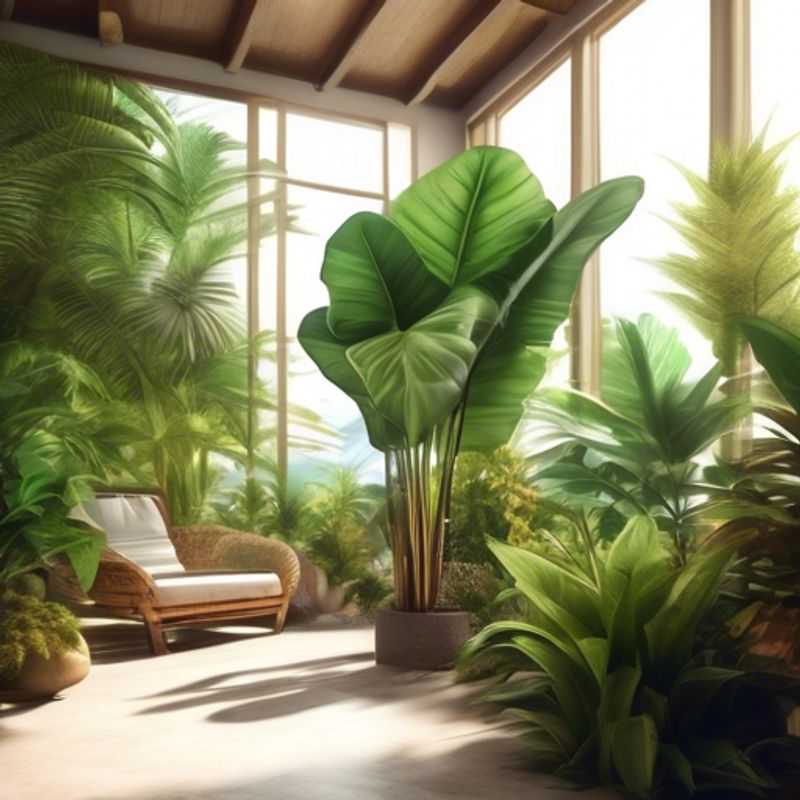
Planning for Growth: How to Choose the Right Plant for Your Space
When planning for a garden or indoor plant arrangement, it is crucial to consider the mature size of each plant and the available space you have. Understanding the potential growth of a plant helps in avoiding overcrowding, which can lead to poor air circulation and increased susceptibility to pests and diseases. Most plants come with guidelines on their expected height and width when fully grown; adhering to these can enhance the health and aesthetics of your garden.
Additionally, when estimating your plan, it’s important to note that there may be paid activities involved in preparation. This includes potential costs for soil amendments, fertilizers, and pest control measures that may be necessary depending on the plant’s size and space requirements. Hiring a landscape professional for design and installation can also incur costs, but can be beneficial for optimizing plant placement based on their mature size.
Remember, spacing plants appropriately not only supports their growth but also makes maintenance easier. consider the mature width of the plant and allow for at least half of that distance from other plants or structures. This foresight can lead to a thriving, beautiful garden or indoor space.
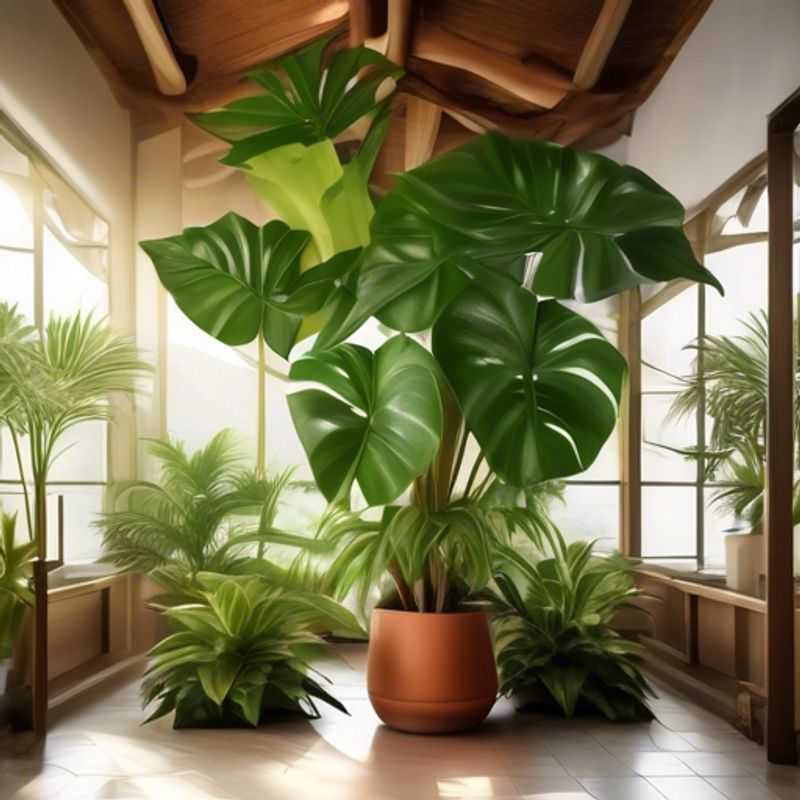
Watering and Care: Tailoring Your Approach to Each Plant
Before you bring a new plant home, it's essential to understand its individual needs. This includes how often to water it, what type of light it prefers, and whether it requires any special soil or fertilization.
The best way to get this information is to research the specific plant you're interested in. Many resources are available online, at your local library, or through plant nurseries. Remember, different plants have different needs.
For example, some plants prefer dry soil and infrequent watering, while others thrive in moist conditions. Some plants need bright, direct sunlight, while others prefer shade. Understanding these differences will ensure your new plant thrives in your home.
Don't be afraid to ask questions. Plant experts at nurseries or garden centers are happy to provide information and advice.
Remember, caring for your plants is an investment in your home and well-being. By researching their individual needs, you can ensure their health and beauty for years to come. Enjoy the rewarding journey of growing your own little green world.
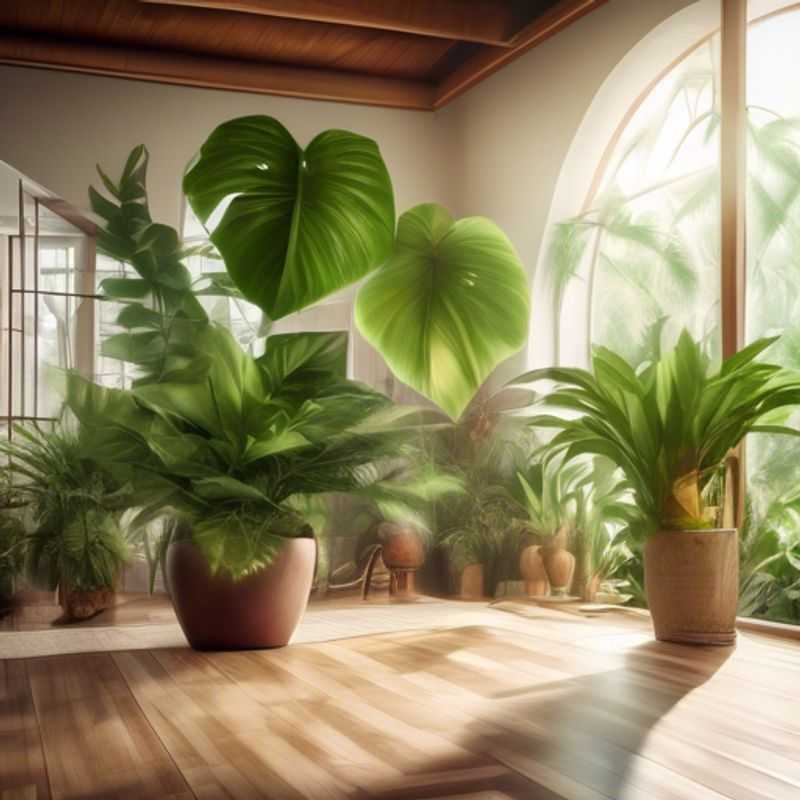
Pest Patrol: How to Ensure Your New Plant is Bug-Free
Bringing a new plant home is exciting, but it's crucial to ensure it's pest-free to protect your existing plants and your home environment. Pests can quickly spread and cause significant damage, leading to the loss of your precious greenery.
Thoroughly inspect the plant for any signs of infestation. Look for tiny insects, webs, discolored leaves, holes, or any unusual bumps or growths. Pay special attention to the underside of leaves, stems, and soil.
If you suspect the presence of pests, quarantine the new plant away from your other plants. This prevents the spread of pests while you take further action.
Consider a natural pest control solution such as neem oil or insecticidal soap. These are often effective and less harsh than synthetic pesticides. Remember to follow the instructions carefully.
In some cases, you may need to take the plant to a professional for identification and treatment. If the infestation is severe, professional help can be the most effective way to ensure your other plants stay safe and healthy.
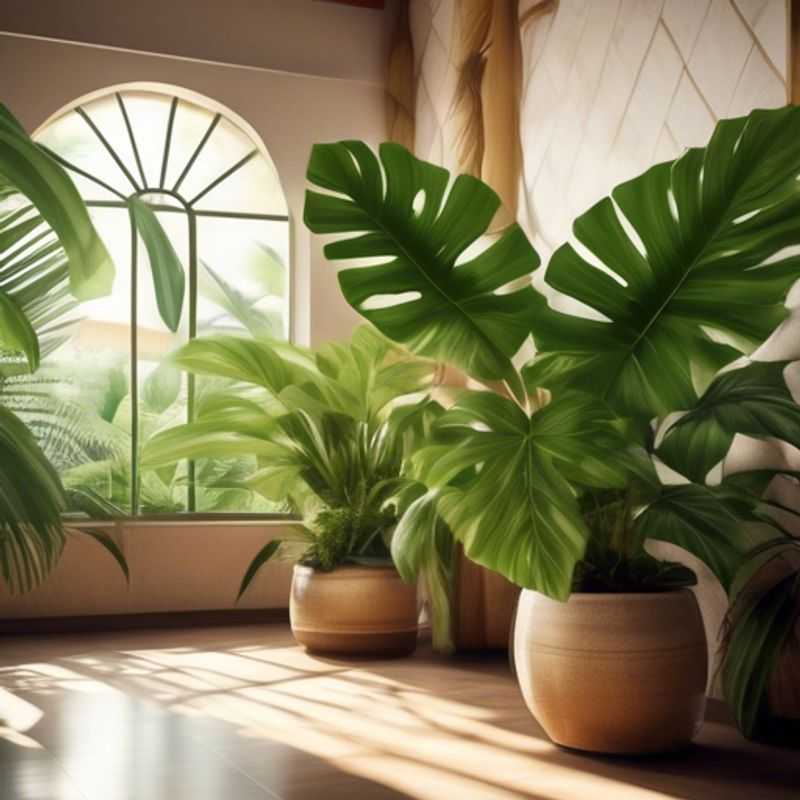
Signs of Healthy Plants: A Guide to Lush Foliage and Vibrant Growth
A healthy plant boasts vibrant, lush foliage. This is a vital indicator of its well-being. If you notice your plant's leaves are drooping, discolored, or have brown spots, it might be experiencing stress. These are telltale signs to look out for.
A lush appearance is a strong indication of a plant's ability to effectively photosynthesize and produce energy. Healthy foliage is a key characteristic of a thriving plant.
To maintain the vitality of your plants, ensure they receive adequate sunlight, water, and nutrients. These are fundamental factors for plant health. Regularly inspect your plants for any signs of pests or diseases, as these can compromise their health. Early detection and treatment are crucial.
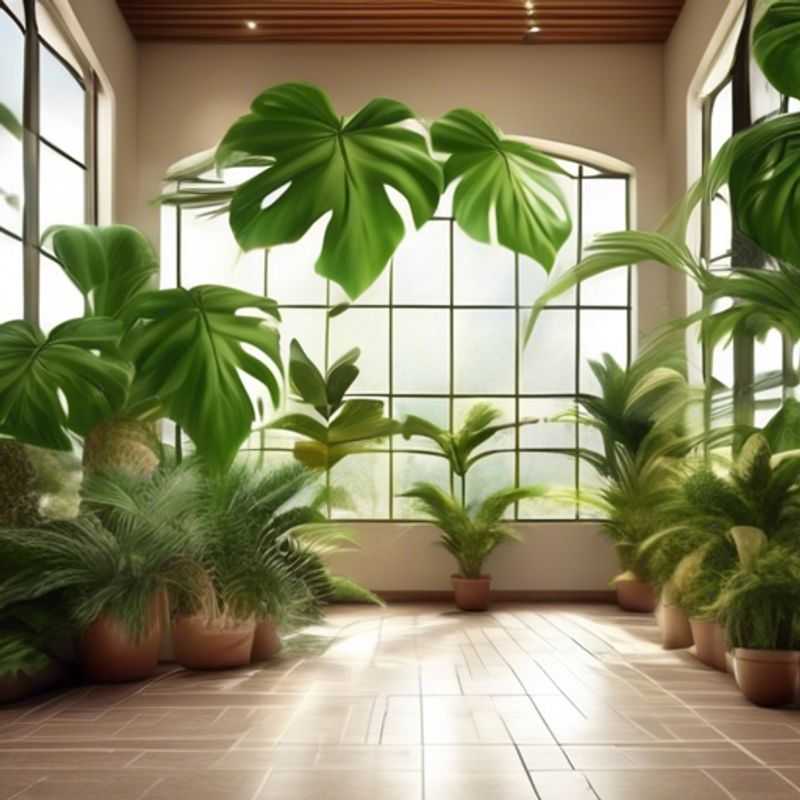
Understanding the Humidity Needs of Large-Leaved Indoor Plants: A Guide to Thriving Green Giants
Large-leaved indoor plants, like monsteras, peace lilies, and fiddle-leaf figs, thrive in environments with higher humidity. These plants naturally grow in tropical and subtropical regions with high humidity levels. Moving them indoors can expose them to drier air, which can lead to issues like brown leaf tips, wilting, and stunted growth. Here's a quick guide to understanding the humidity needs of large-leaved indoor plants:
Why Humidity Matters:
Humidity is the amount of moisture in the air. Indoor air tends to be much drier than the air these plants are accustomed to. Lower humidity can cause plants to lose water through their leaves faster than they can absorb it from the soil, leading to dehydration.
Signs of Low Humidity:
Look out for these signs that your large-leaved plants are struggling with low humidity:
• Brown or crispy leaf tips
• Wilting leaves, even when the soil is moist
• Stunted growth
• Leaf drop
Tips for Increasing Humidity:
• Grouping plants together: Plants naturally release moisture through transpiration, creating a microclimate with higher humidity around them.
• Using a humidifier: A humidifier adds moisture to the air. You can purchase small, affordable humidifiers designed for use in a single room. These often come with a timer and adjustable humidity settings.
• Misting: Regularly misting your plant's leaves with water can temporarily increase humidity. However, this may not be enough on its own, especially during dry seasons.
• Pebble trays: Place a tray filled with pebbles and water near your plant. The water will evaporate, increasing humidity levels around the plant.
• Placing plants in a bathroom: Bathrooms tend to have naturally higher humidity levels due to showers and baths.
Note: If you are buying a humidifier, remember to buy distilled water as regular water can leave mineral deposits that can clog your humidifier. Also, clean your humidifier every few days to prevent mold and bacteria growth.
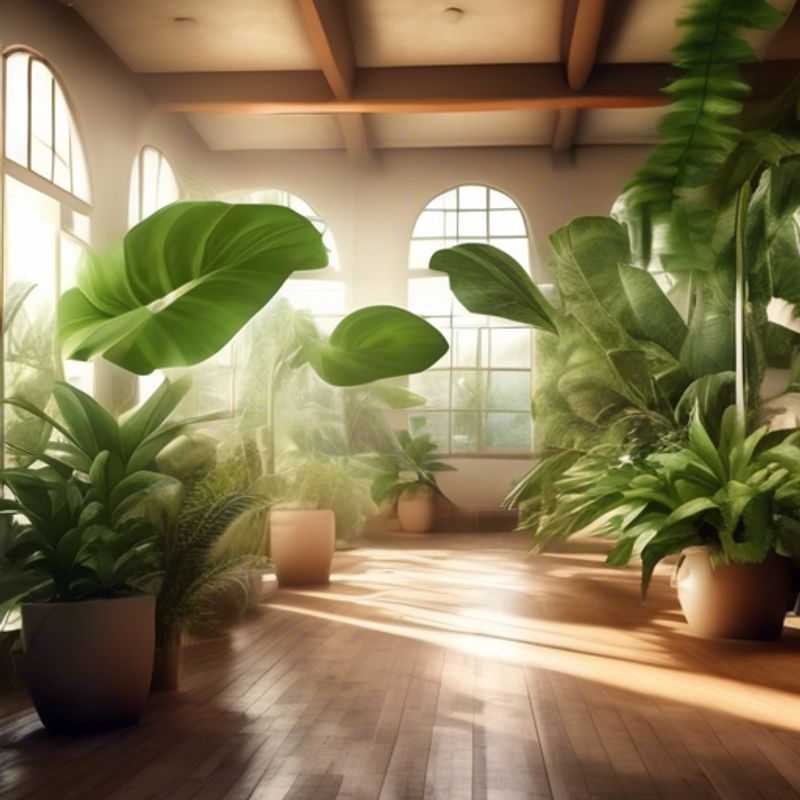
Supporting the Skyward Reach: A Guide to Tall Plant Care
Supporting taller plants requires a strategic approach to ensure their stability and growth. This guide provides essential tips for providing adequate support for taller plants.
Staking is a common method for providing support. This involves using stakes or other vertical supports to hold the plant upright. Stakes can be made of various materials, including wood, metal, or plastic. Choose stakes that are sturdy and tall enough to reach above the plant's tallest growth point.
Trellises offer an elegant and practical solution. Trellises are frameworks that provide a climbing surface for plants to grow. They are often made of wood, metal, or plastic and come in various designs. Trellises are particularly useful for vining plants and those with long, trailing stems.
Cages are helpful for plants with sprawling growth habits. They provide a framework for the plant to grow within. Cages can be made of metal, plastic, or wire. They are especially effective for tomato plants and other fruiting plants.
Tomatoes and other fruiting plants often benefit from cages. These structures provide support as the plants grow taller and heavier. Cages can be purchased or made from materials like wire or metal mesh.
